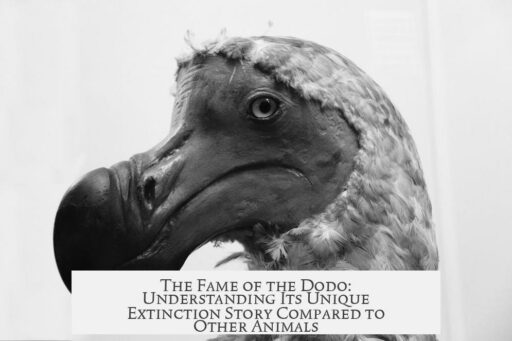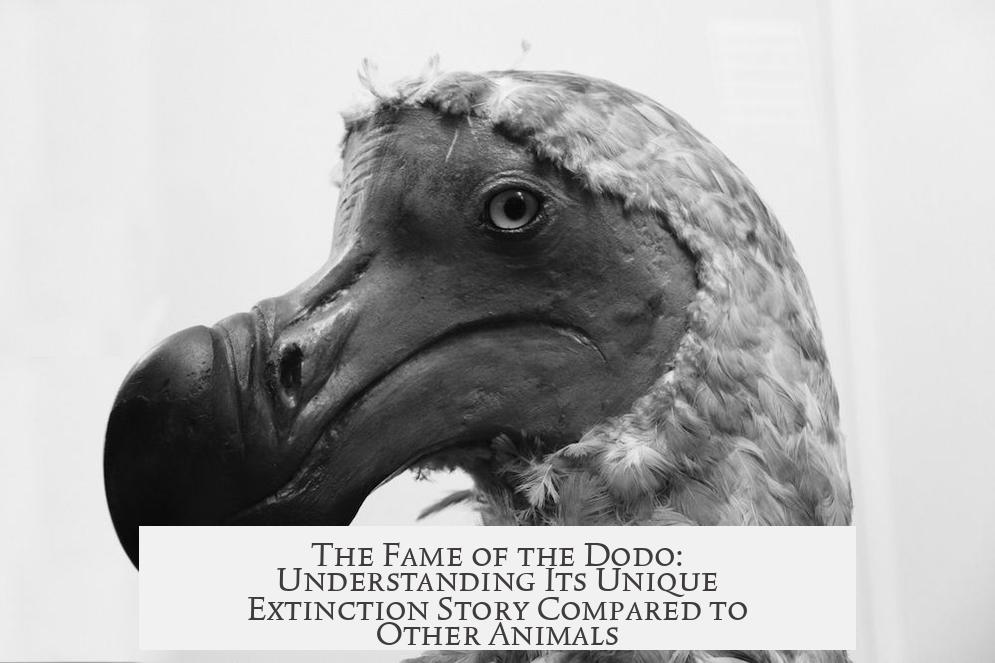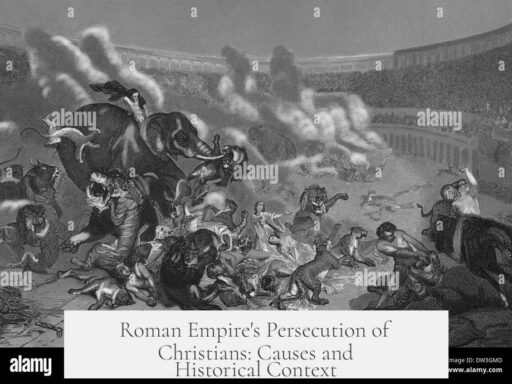The story of the Dodo’s extinction became famous due to its timing, symbolism, and the unique circumstances surrounding its demise, which captured scientific and public attention more vividly than other extinct species affected by human hunting or habitat changes.
Before the late 1700s, extinction was not widely accepted in Western European science. Species were seen as eternal creations, fixed in place since creation. Scientists lacked a global perspective on biodiversity and the notion that animals evolved in isolated regions. Taxonomy was still immature, resulting in misidentifications and overlooked extinctions. For instance, the Dodo vanished without major alarm because many believed it existed across regions, not just Mauritius, and that species did not truly disappear.
Despite reports of the Dodo’s decline—common on Mauritius until the 1630s but increasingly rare by 1662—its extinction went largely unnoticed. This was compounded by the lack of preserved specimens and understanding; one Dodo at Oxford’s Ashmolean Museum was burned in 1755 due to neglect and rot, before its historical importance was realized. Many scientists even doubted the Dodo’s existence, suspecting it to be mythical rather than extinct.
The turning point came in 1796 when Georges Cuvier demonstrated extinction was real. He proved the remains of mastodons and mammoths were distinct from modern elephants, confirming species could disappear. Cuvier advanced taxonomy by including extinct species, shaping modern biological classification. Even so, some French scientists still hesitated to accept the Dodo’s extinction, reflecting lingering disbelief in species loss.
Awareness of the Dodo’s extinction intensified after the British took control of Mauritius in 1810. British writers used the Dodo as a stark symbol of human-caused extinction. The 1833 Penny Magazine presented the Dodo as a poignant example of how humans might eradicate species. Charles Darwin, visiting Mauritius aboard the H.M.S. Beagle, referenced the Dodo in his 1839 journals to warn about endangered species, linking the bird’s fate to the broader struggle for survival.
Subsequent scientific reexamination of Dodo skeletons in the 1840s confirmed its distinctness. Popular magazines and public exhibits further entrenched the Dodo’s image in cultural memory. The London Great Exhibition in 1851 and the Natural History Museum’s presentations in 1860 made the Dodo a household name. Lewis Carroll’s inclusion of the Dodo character in Alice’s Adventures in Wonderland (1865) cemented its place in popular culture.
Darwin’s Origin of Species (1859) changed species concepts from divine creations to evolved entities adapted to specific environments. This new understanding made the Dodo’s island endemism and extinction more logically comprehensible. No longer was it assumed that a species had to exist everywhere; instead, the Dodo was recognized as uniquely tied to Mauritius’s ecosystem, vulnerable to disruptions.
The Dodo’s extinction was directly linked to human activity. The bird had no natural predators before human arrival, making it easy prey. Sailors hunted it relentlessly, exploiting its inability to fly. Humans also introduced invasive species such as rats, cats, and pigs that destroyed nests and ate eggs. The destruction of habitat by human settlement further compounded the pressures. This combination of factors was clear and striking, illustrating human impact in a way less apparent in other extinctions at the time.
The Dodo thus became a symbol of the consequences of human interference. Its extinction within less than a century of human contact made the story powerful and instructive. It was the first widely accepted example of extinction directly caused by people. This narrative resonated in science, literature, and public consciousness, turning the Dodo into a cultural icon of environmental caution.
| Factor | Details |
|---|---|
| Scientific Context | Extinction concept was unknown before 1790s; taxonomy immature; species considered eternal. |
| Early Ignorance | Dodo’s extinction unnoticed; specimen burnt; considered mythical by some scientists. |
| Cuvier’s Work | Proved extinction real in 1796; advanced taxonomy; still skepticism about Dodo’s extinction. |
| British Influence | Post-1810 publications popularized Dodo extinction as human-caused example. |
| Darwin’s Impact | Evolutionary theory explained species uniqueness and vulnerability; Dodo referenced as cautionary example. |
| Human Factors | Direct hunting, invasive species predation, habitat destruction led to Dodo extinction. |
| Cultural Legacy | Popular exhibits and literature elevated the Dodo as symbol of human-caused extinction. |
The Dodo’s fame compared to other extinct species results from its symbolic power as the first well-documented human-caused extinction. Its story aligns with historical advances in science and public awareness of extinction. The bird’s unique traits—flightlessness, island endemism, vulnerability—highlight how fragile isolated ecosystems are. Finally, cultural reinforcement through media and literature etched the Dodo’s image deeply into collective memory.
- Dodo extinction occurred before extinction was well understood, leading to initial ignorance.
- Georges Cuvier’s 1796 work confirmed extinction as a real phenomenon.
- British publications in early 1800s popularized the Dodo as a symbol of human impact.
- Darwin’s evolutionary theory provided a framework explaining species uniqueness and extinction.
- Direct human hunting, invasive species, and habitat loss caused the Dodo’s rapid extinction.
- Its story serves as a powerful, early warning about the dangers of human interference in nature.
- Cultural representations in literature and museums ensured lasting fame.




